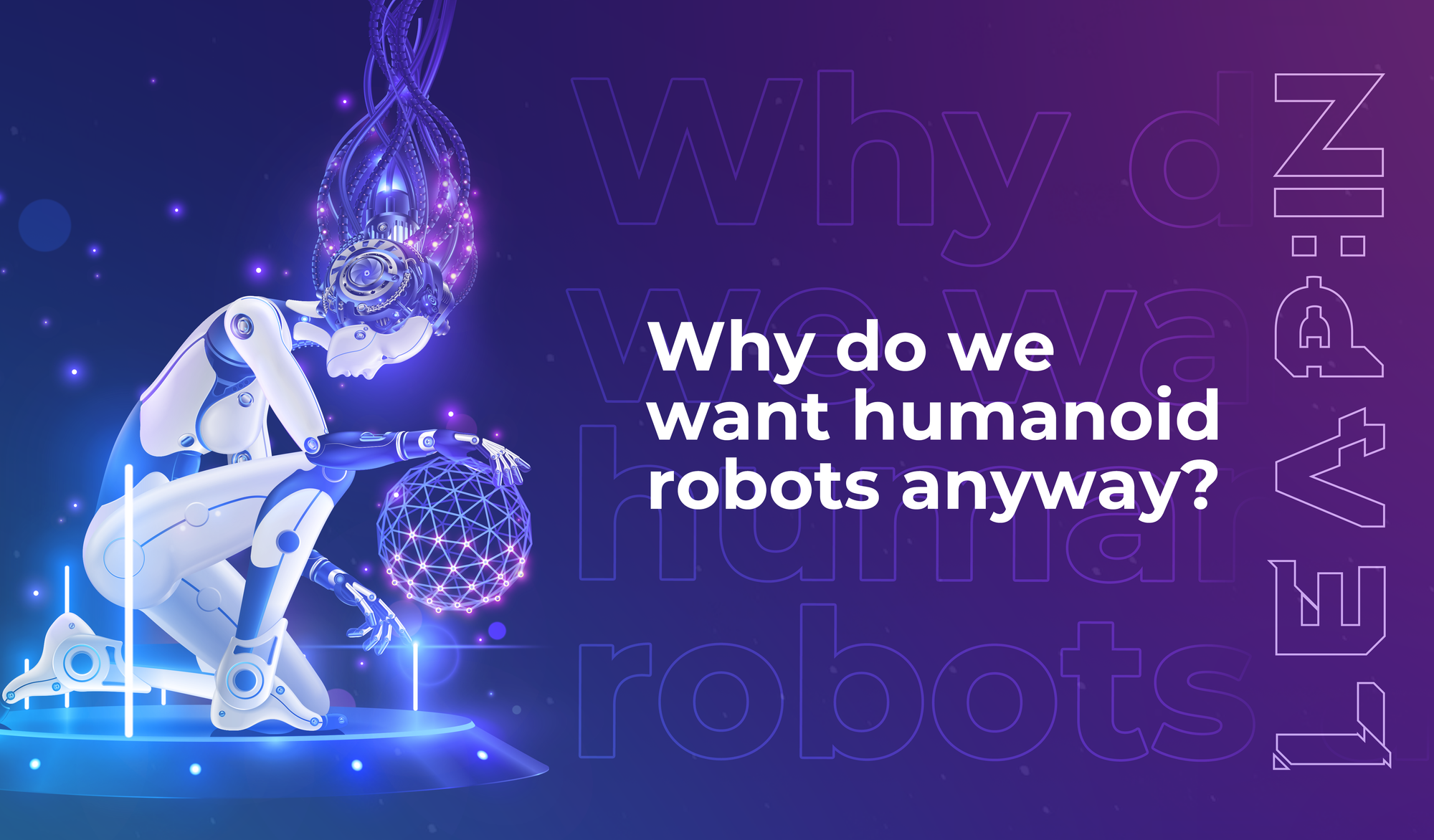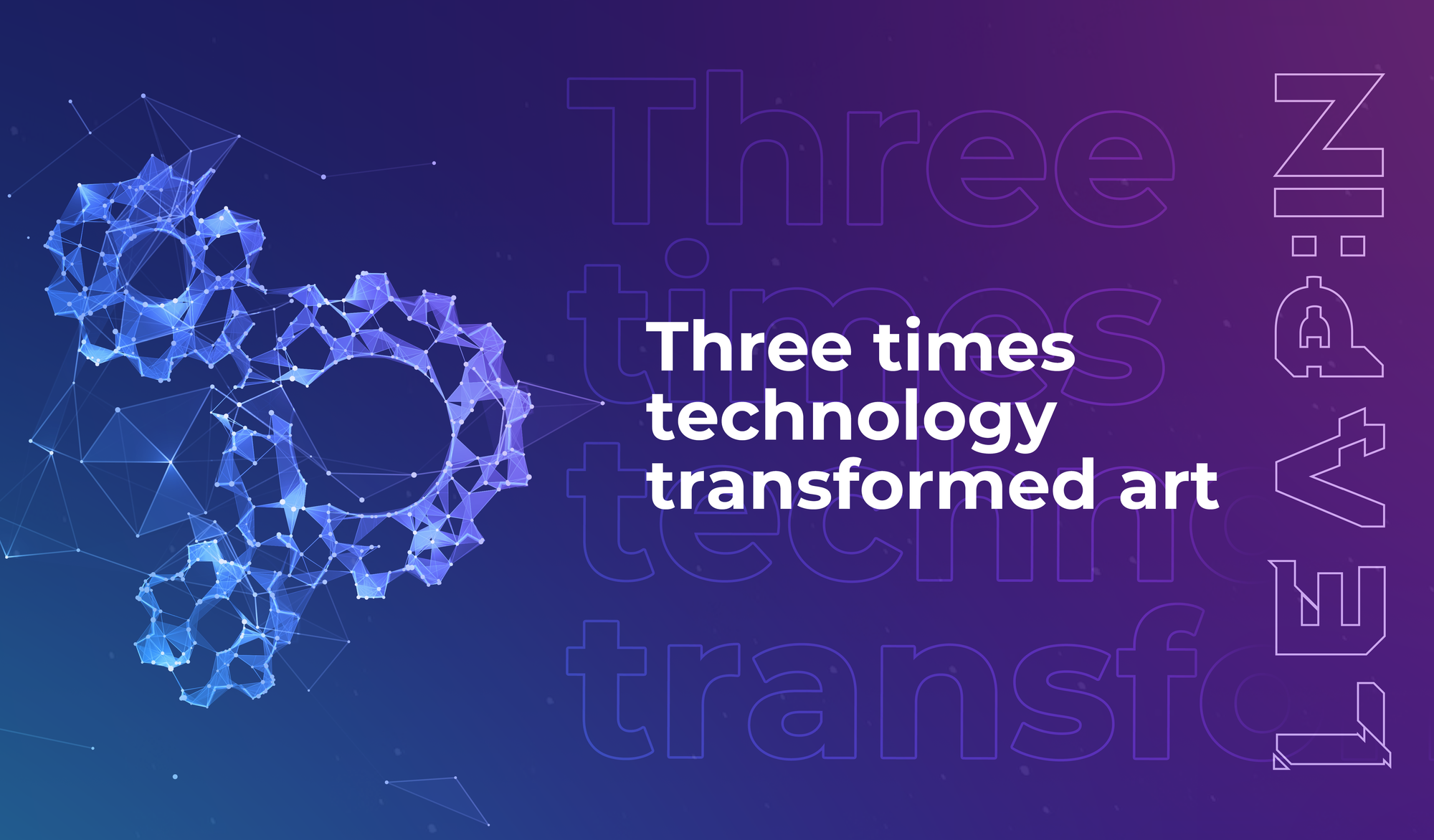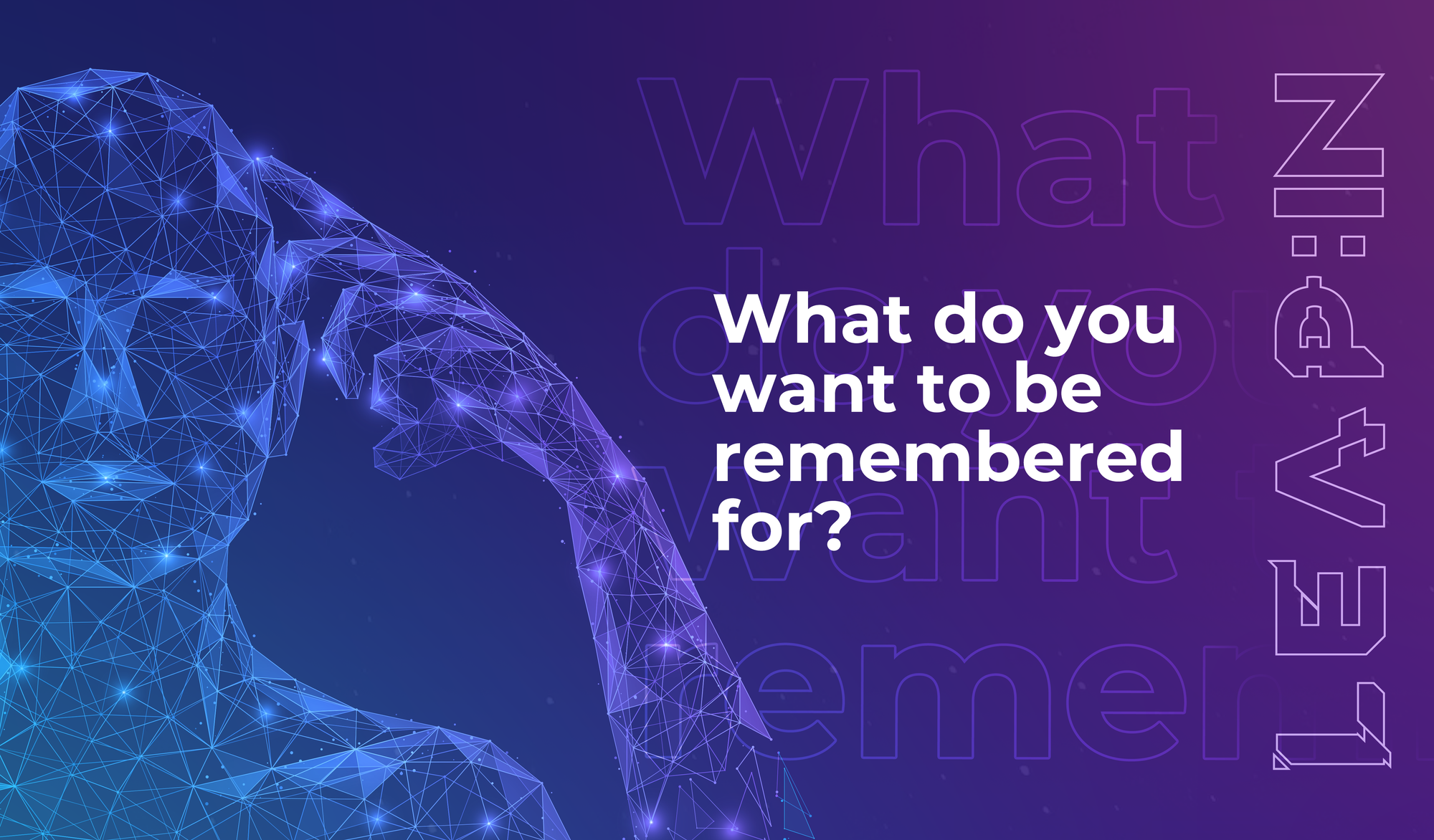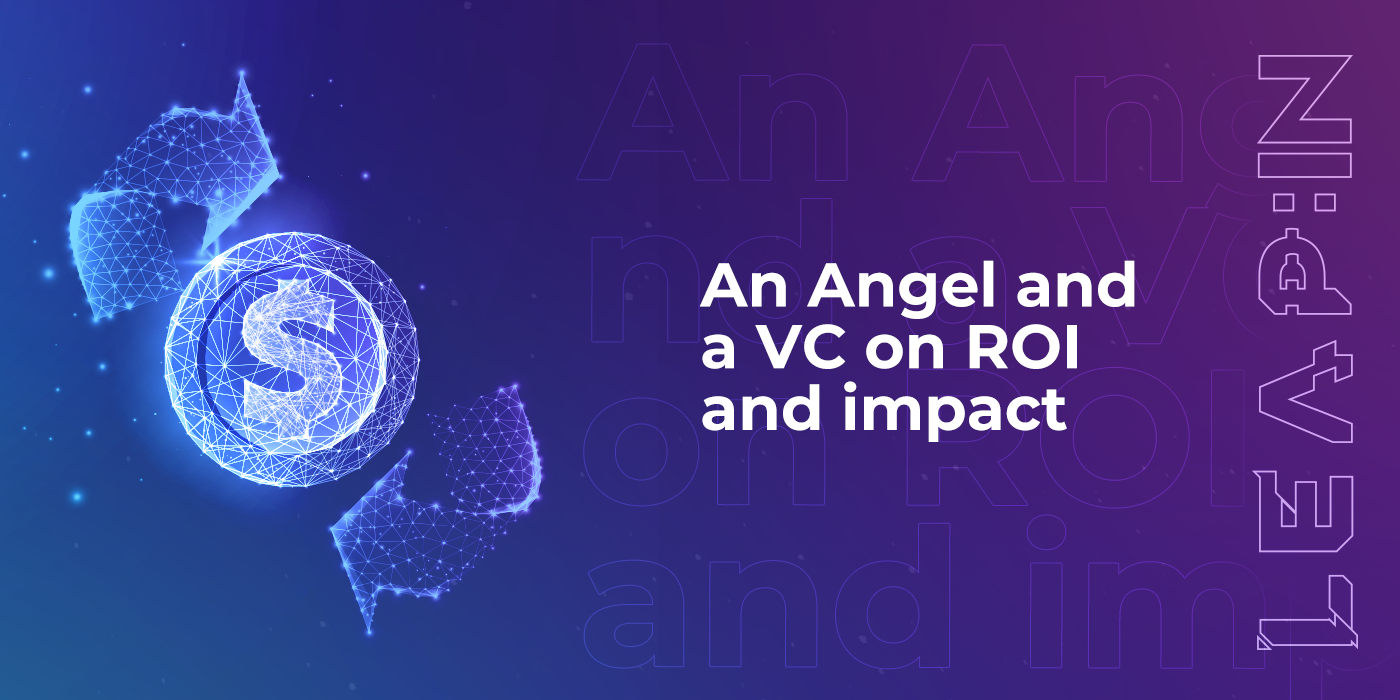

Three times technology transformed art

Welcome to the 178 new techies who have joined us. If you haven’t already, subscribe and join our community in receiving weekly tech insights, updates, and interviews with industry experts straight to your inbox.
Change your perspective and expand your knowledge with our weekly delivery of inspiration from the global LEAP community.
This week we’re quoting…
Daniel Bell (Sociologist and Writer)
What Bell said:
“Technology, like art, is a soaring exercise of the human imagination.”
OK. And…what’s our point?
You know we like to get a little philosophical here in the LEAP newsletter now and then. This week, inspired by Stephanie Singer (Creative Director at BitterSuite) and Otto Plesner (Creative Director at RenaiXance), we’ve been musing on the intersection of art and technology – so we did a little digging to find three moments in history when technology transformed art.
It’s a big topic of conversation around the world right now: artists and technologists are exploring (with varying degrees of excitement and caution) the relationship between GenAI and creative practices, and everyone’s trying to figure out whether they think AI will be good for art or not.
At times like these, we think it’s worth remembering that although the technology might be new, the reality that tech changes the way art is made is not new at all.
1. When the invention of the camera created a new perspective on reality
The camera was invented in the early 19th century. Before that, artists were the only ones really able to capture and document our visual world, through painting and drawing. The development of photography in the 1830s and 1840s, pioneered by people like Joseph Nicéphore Niépce and Louis Daguerre, massively changed the way humans perceived the world.
Some people saw photography as a threat to traditional art forms – because why would anyone labour for weeks on end to create a realistic portrait, when a camera could capture it in seconds? But for others, it was an opportunity. Freed from the burden of hyper-realistic representation, painters like Claude Monet and Edgar Degas helped usher in the Impressionist movement – which emphasised light, movement, and emotion over precision.
Photography also laid the groundwork for modern visual storytelling. It influenced movements like Surrealism and Dadaism, where artists (think Man Ray and Hannah Höch) used photographic techniques like collage, montage, and double exposure to create dreamlike and politically charged compositions.
Today, digital photography and AI-driven image generation continue to expand the boundaries of visual art. Because the relationship between tech and creativity is always changing.
2. From pixels to masterpieces: How digital art grew from computing power
In the late 20th century we saw the emergence of digital technology which profoundly altered the way artists could create and distribute their work. With the advent of personal computers, graphic design software, and digital painting tools, artists no longer needed traditional canvases or brushes to produce genuinely stunning works of art.
Adobe Photoshop was first released to the public in 1990. And it became one of the most transformative tools in digital art history. Suddenly, artists could manipulate images, layer compositions, and experiment with colour and form in ways that just weren’t possible before.
The accessibility of digital art platforms allowed for the rise of pixel art, 3D modeling, and eventually VR experimentation and installations.
But one of the most significant shifts catalysed by digital art is the way it democratises creativity. You don’t have to train for years to become an artist, or have access to the best art schools or materials, or become famous before anyone sees your work. Anyone with access to a computer or tablet can now create and share artwork with a global audience.
This has led to the rise of independent artists, NFT marketplaces, and digital installations in museums and galleries around the world.

3. AI enters the scene: The algorithm as an artist
Now we’re in the time of AI and art. Artificial intelligence has emerged as both a tool and a collaborator in the artistic process over the last few years – and like every historical moment when tech has changed the way people make art, some people welcome it while others are pushing back.
AI-generated art has sparked debates about creativity, originality, and the role of the human artist in an increasingly automated world.
One of the most famous examples of AI in art so far was in 2018 – when a painting created by the algorithmic collective Obvious, a portrait of Edmond de Belamy, was auctioned at Christie’s for $432,500. The artwork was generated using a machine learning model known as a Generative Adversarial Network (GAN), which was trained on a dataset of classical paintings. Some critics dismissed it as nothing more than algorithmic mimicry; but others saw it (and still see it) as a glimpse into the future of artistic creation.
Beyond AI-generated paintings, technology is also shaping performance art and music – like the projects shared by Plesner and Singer at LEAP.
While AI raises valid questions about authorship and creativity, it also opens up new possibilities for collaboration between humans and machines. Artists can use AI as a tool to generate ideas, refine compositions, and push the limits of their imagination in ways we couldn’t imagine just a few years ago.
It’s a never-ending journey
“Art is an end in itself; its values are intrinsic,” Daniel Bell wrote. “Technology is the instrumental ordering of human experience within a logic of efficient means, and the direction of nature to use its powers for material gain.”
“But art and technology are not separate realms walled off from each other. Art employs techne, but for its own ends. Techne, too, is a form of art that bridges culture and social structure, and in the process reshapes both.”
Technology has always acted as both a disruptor and an enabler in the world of art. Each technological leap has challenged artists to rethink their work and their creative philosophy, and embrace new possibilities.
So as we look ahead, we’re not worried about the way that tech like VR, blockchain-based art ownership, and GenAI will influence artistic practices. There’s work to do to protect the rights of artists and create ethical best practices, absolutely; but we’re excited about how the dialogue between tech and artistic expression will continue to shape culture, push human limitations, and inspire new generations of artists.
Ultimately, art is about telling stories. And tech holds the potential for storytelling power that we’ve never experienced before.
Have an idea for a topic you'd like us to cover? We're eager to hear it. Drop us a message and share your thoughts.
Catch you next week,
The LEAP Team


What do you want to be remembered for?
A question that connects personal goals with professional ambition

Related
articles


What do you want to be remembered for?
A question that connects personal goals with professional ambition

